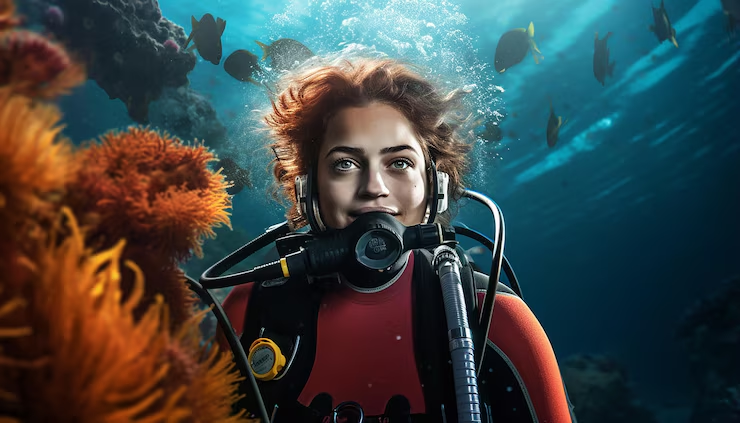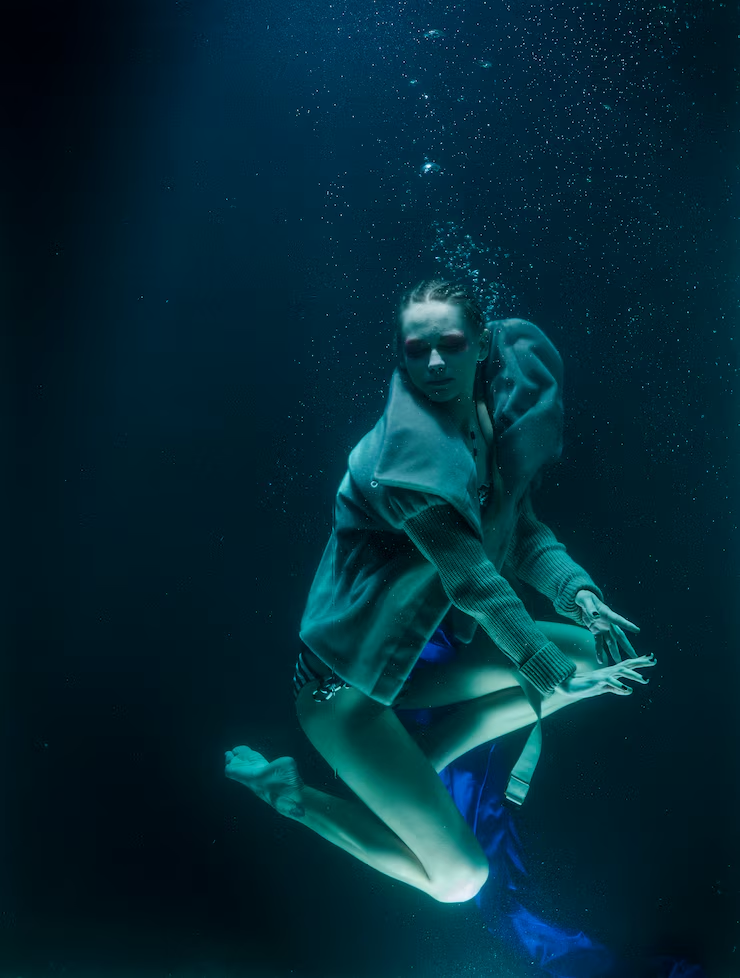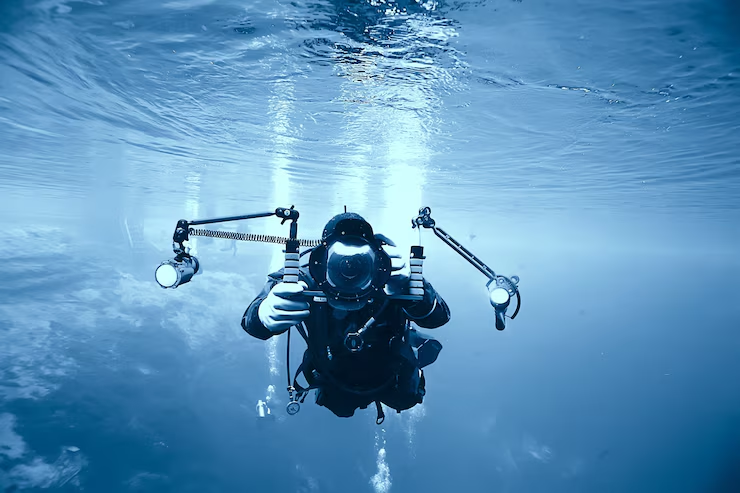Underwater photography is not just about taking photos underwater. It’s about using the right tools in a place where water, light, and movement make everything harder. If you try to shoot with the wrong gear, your photos will come out blurry, too dark, or not even visible.
In this guide, you will learn what gear you actually need. I’ll also explain what each piece does and why it matters.
We’ll cover everything from cameras and lenses to waterproof cases, lights, and add-ons. You’ll also learn how to pick gear based on where you’re shooting and how deep you go.
What is Underwater Photography?
Underwater photography is the act of taking photos while under the surface of water. You can do this in a pool, ocean, river, or even a lake. But the water changes how light works. It also blocks your movement and affects how close or far things look. That’s why you need special gear to get a good shot.
You can shoot sea life, corals, people, or even sunken objects. But without the right tools, the photos often turn out blue, green, or too soft. A good underwater photo needs proper light, sharp focus, and strong color.
Types of Underwater Photography

Before we look at the gear, you should know what kind of underwater photography you want to do. Each type needs different gear.
Wide-Angle
You use this to shoot big things like coral reefs, shipwrecks, or sharks. You need a wide lens to fit everything in the frame. You also need a strong light, because water blocks sunlight fast.
Macro
This is used for small things like shrimp or nudibranchs. The camera must focus very close, and lighting must be tight and clean. You also want to stay very still for these shots.
Split Shot (Over-Under)
This type shows half the photo underwater and half above. You need a special dome port to shoot this. The gear must handle both air and water at the same time.
Underwater Camera Options
Let’s talk about the camera first. Not every camera works well underwater. Water can leak in. It can also bend light and change the view. So, you need a camera that fits a waterproof case and works well in low light.
Compact Cameras
These are small and light. Some are waterproof already, but they often need a case if you go deep. They’re easy to use but not as sharp as bigger cameras.
Pros:
- Cheap
- Easy to carry
- Great for beginners
Cons:
- Not much control
- Lower image quality
Mirrorless Cameras
These are great for people who want control but don’t want a big camera. They’re smaller than DSLRs but take high-quality photos.
Pros:
- Better image quality
- Works well with underwater lenses
- Good size for travel
Cons:
- Needs a waterproof housing
- Can cost more
DSLRs
These are big and powerful. They give you full control and the best photo quality. They work well for both wide and macro photos. But they are heavy and hard to pack.
Pros:
- Top image quality
- Works great with all types of lenses
- Full manual control
Cons:
- Very large
- Heavy
- Expensive housings
Waterproof Housings

A waterproof housing is a case that keeps your camera dry. This is the most important part of your gear. If it leaks, your camera is gone. The case must fit your camera exactly.
There are two main types:
Polycarbonate Housings
These are plastic. They’re cheaper but can be bulky. You can see through them, which helps check for leaks.
Good for: Beginners or short dives
Aluminum Housings
These are strong and last a long time. They cost more but handle deep dives and rough use better.
Good for: Advanced users and deep divers
Always check the depth rating on the housing. Some can only go to 40 meters. Others can go past 100 meters.
Lenses and Ports
Underwater, you must use the right lens. The wrong lens will make things look far away or blurry.
Wide-Angle Lenses
These let you shoot big things up close. This helps avoid particles in the water. You also need a dome port to keep sharp corners and reduce distortion.
Best for: Wrecks, whales, big coral
Macro Lenses
These let you shoot tiny things like fish eggs. You need flat ports for these lenses.
Best for: Shrimp, nudibranchs, tiny crabs
Always match the port to the lens. Dome for wide. Flat for macro.
Strobes and Lights
Water cuts out light fast. Even at 5 meters deep, it gets dark. You need strobes or lights to bring back color and detail.
Strobes
These are like camera flashes. They go off when you press the shutter. They work best for still photos.
Use when:
- Shooting wide
- You need fast light bursts
Continuous Lights
These stay on the whole time. Good for video. Not as bright as strobes but easier to aim.
Use when:
- Shooting video
- You want to see your subject before you shoot
Always use arms and mounts to keep your lights steady. Keep the lights far from the lens to avoid backscatter (light bouncing off water particles).
Arms, Trays, and Mounts
You need a stable way to hold your gear. Underwater, everything floats or moves. Arms and trays help keep your camera still and lights in the right spot.
Tray
This holds your camera and gives you handles. It makes it easier to aim and shoot.
Arms
These connect the tray to your lights or strobes. You can move them to control shadows and highlights.
Look for ones that don’t rust and are easy to adjust.
Final Thoughts
Underwater photography is fun, but it needs the right gear. Start small, learn how each piece works, and grow your setup over time. Don’t try to take perfect shots right away. Focus on getting better with each dive.
Use the camera that fits your skill. Make sure your housing doesn’t leak. Use strong lights. And most of all, stay safe.
The gear you choose depends on what and where you want to shoot. Think about your depth, water type, and subject. Then pick what fits.
Now you know what underwater photography gear you need. Keep it simple, stay focused, and always check your gear twice.

